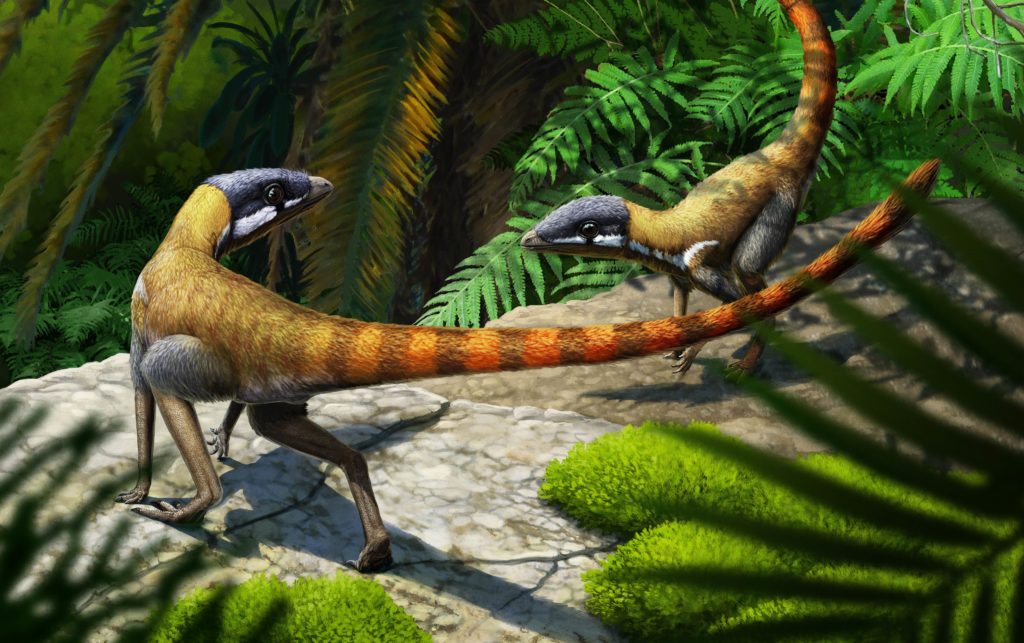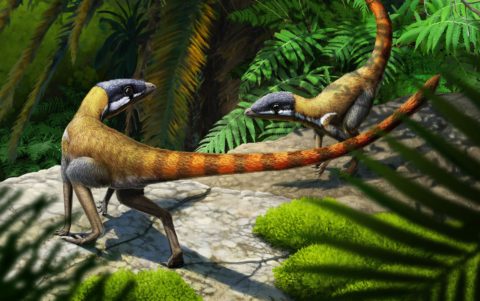230-million-year-old fossil sheds light on the origins of pterosaurs
A new study of a tiny Triassic fossil reptile that was first discovered over 100 years ago in Scotland has revealed what the ancestors of pterosaurs could have looked like.
Since it was discovered in 1907, the fossils of Scleromochlus taylori have been considered to be an early pterosaur, a dinosaur, or even an ancestor of ancient crocodiles. Confirming its exact identity has been challenging due to its poor preservation and fragmented condition. However, advances in imaging technology have allowed paleontologists to examine these fossils in unprecedented detail, helping to clear up one of paleontology’s historic mysteries in the process.
A team of paleontologists based at several universities in the UK, Virginia Tech in the USA, and FAU Erlangen-Nürnberg, have published the results of their study on this mysterious little creature this week in Nature. They used Computed Tomography (CT) to reveal new anatomical details, which conclusively identify Scleromochlus as a close relative of pterosaurs. A revised phylogenetic analysis shows that Scleromochlus falls within a group known as Pterosauromorpha, comprising an extinct group of reptiles called lagerpetids together with pterosaurs.
Pterosaurs were the first vertebrates to achieve powered flight, and the oldest known pterosaurs, which lived some 220 million years ago, were fully formed fliers, providing little hint of what came before. However, neither Scleromochlus nor any other lagerpetid has elongated fourth fingers, which are how pterosaurs supported their wings. Instead, Scleromochlus probably scampered about on its hind limbs or walked on all fours, suggesting that the ancestors of lagerpetids and pterosaurs may have moved in a similar fashion.
Future studies currently in progress will take an even deeper look at the origins of these animals by analysing their biogeographic patterns and investigating how climate conditions may have influenced their global distributions. Watch this space!


